Take Your Tablescape to the Next Level With These Beautiful, Edible Plants
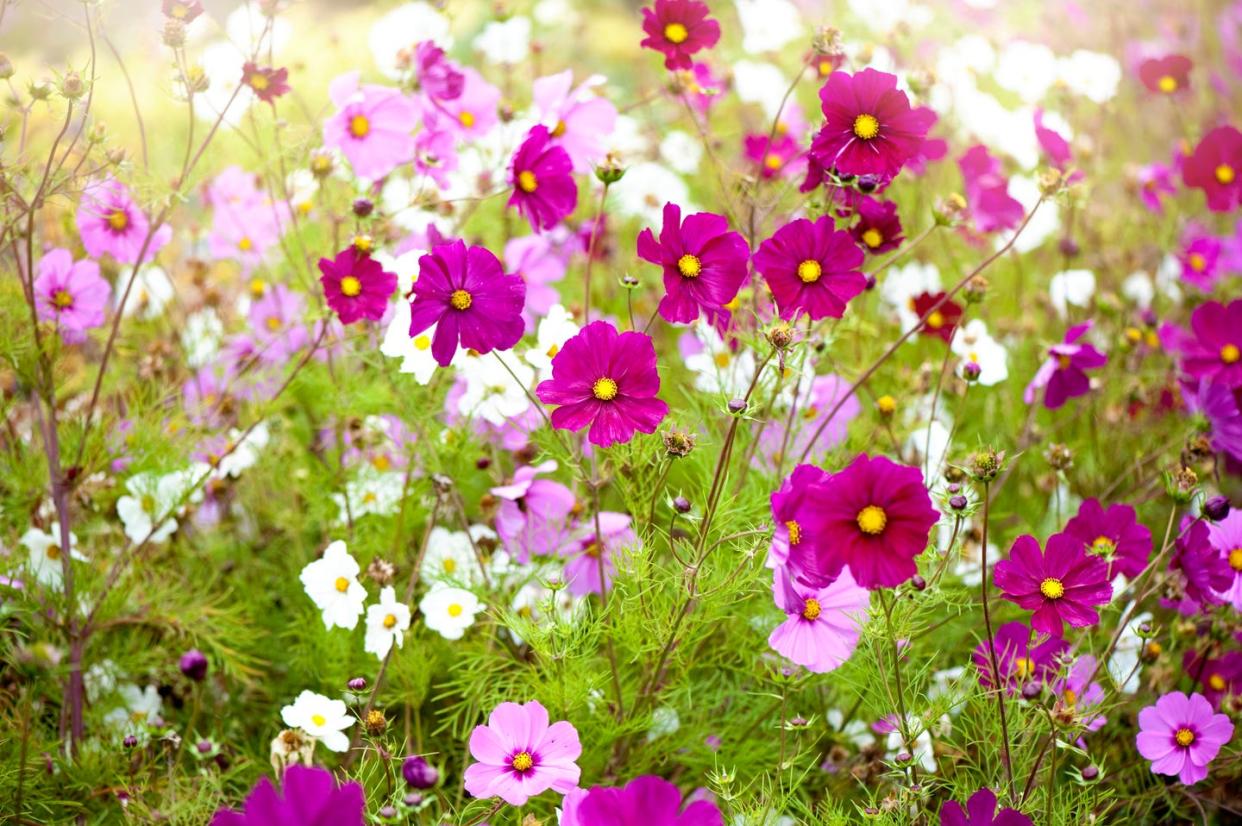
Adding plants to your yard comes with a heap of benefits—they help clean the air, improve our moods, turn backyards into beautiful escapes, boost curb appeal, and some even attract butterflies. If that’s not enough reason to get planting, plenty of plants are edible too. These edible plants not only add a nutritional and flavorful punch to your home meals but also trim down those grocery bills. Plus, there’s something special about stepping into your garden to snip fresh basil for a homemade pasta dish or harvest an artichoke to pair with grilled salmon for an alfresco dinner before lounging around your elevated fire pit.
We asked gardening and plant experts to share some of their favorite edible plants that are beautiful and beginner-friendly to grow. From peppery nasturtium that provides an extra zing to your salad to lavender that can be infused into lemonade or sprinkled into baked goods, here are 15 edible plants that look and taste amazing.
More inspiration for green thumbs:
Basil (Ocimum basilicum)
Basil leaves are a beautiful way to add color to your garden and your food, says Jessie-Sierra Ross, author of the cookbook Seasons Around the Table.
“Savory basil leaves are delicious as a pasta topper, but you can also muddle fresh basil and add to your favorite watermelon margarita or lime gimlet for extra herbaceous flavor,” she says.
Basil needs full sun exposure, which is about six to eight hours, and typically needs to be watered every two to three days.
Related Story: Everything to Know About Growing Basil
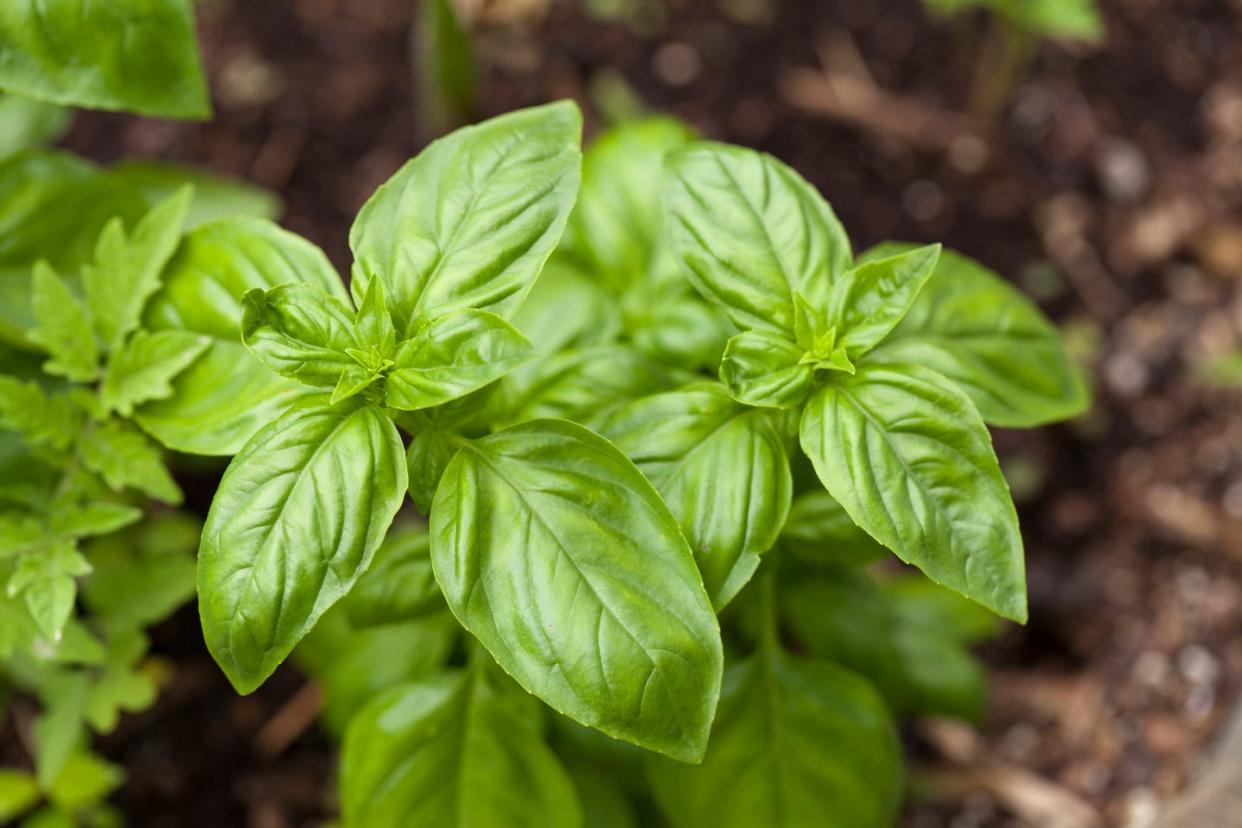
Begonia (Begoniaceae)
“With their delicate pink, red, white, and yellow flowers, begonias are a great variety of edible plant to cultivate, Ross says.
Packed with vitamin C, begonia flowers, stems, and leaves can be eaten both raw or cooked, and have a refreshing citrusy flavor. They are gorgeous scattered across a fresh fruit platter or paired with fresh fish.
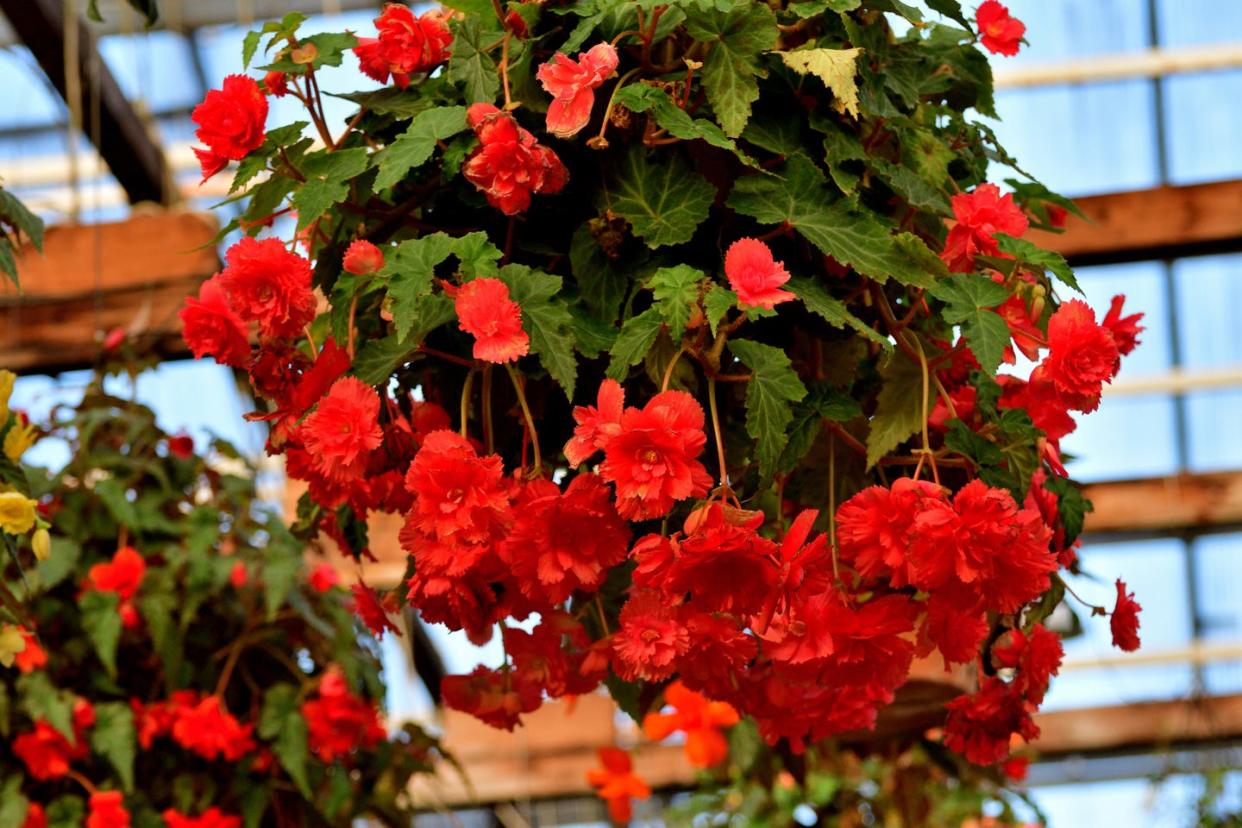
Lavender (Lavandula officinalis)
Bushy with grey-green foliage and tall purple or white flower spikes, Lavender is an easy-to-grow plant that does best in a sunny spot with well-drained soil. Both the leaves and the flowers are incredibly aromatic and can be used fresh or dried, Ross says.
“Fresh lavender can be added to a batch of sugar cookies for a floral-scented treat, or tucked under your pillow for a relaxing night's sleep,” she says. (A bonus is as the lavender dries, their scent remains).
Lavender prefers full sun, and it should be planted in soil with a neutral pH.
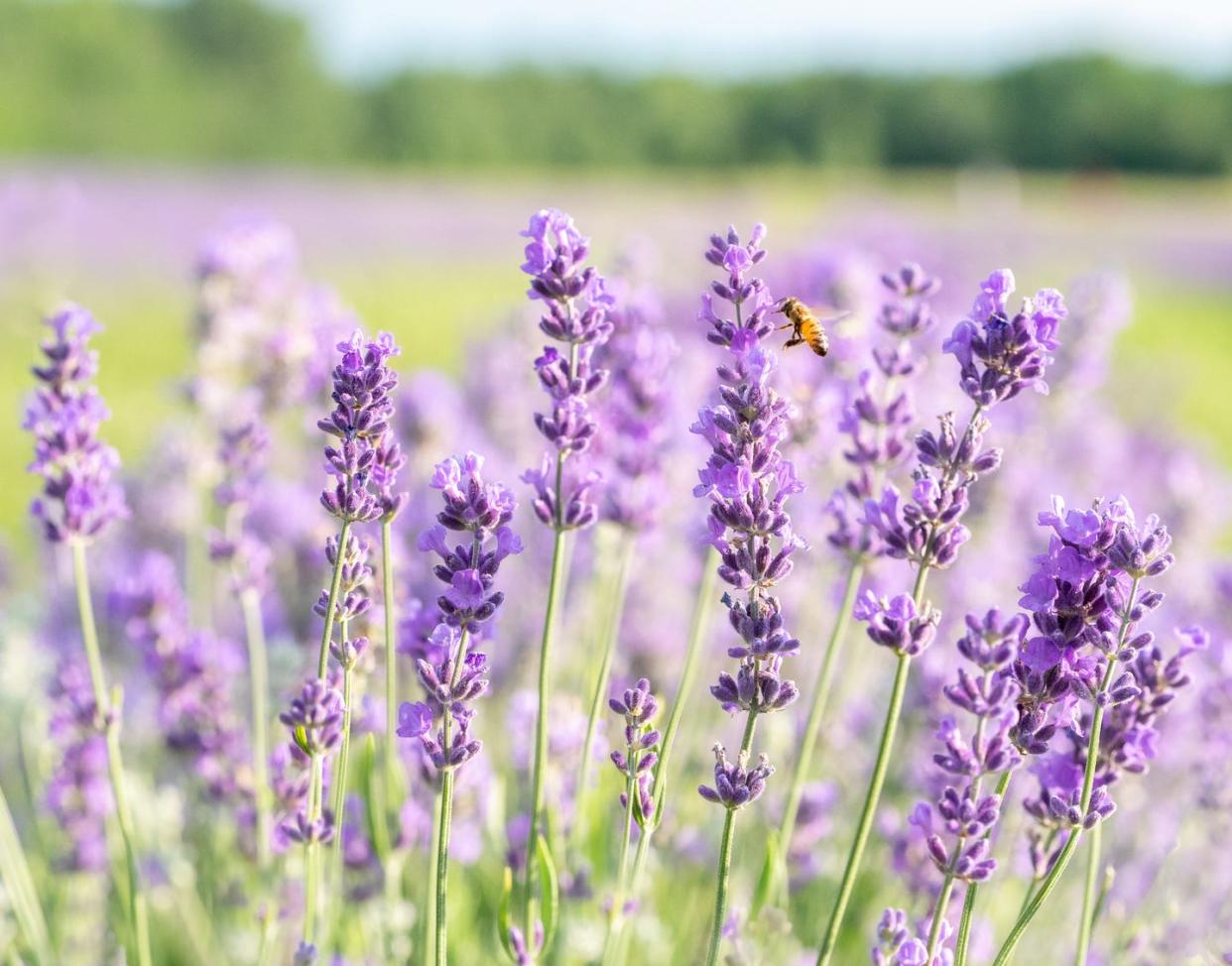
Cosmos (Cosmos bipinnatus)
Cosmos are vibrant, edible plants that come in an array of pinks, purples, and whites. With frilly, paper-thin petals and bright yellow centers, there is nothing like watching a field of cosmos sway in the wind, Ross says. They're very low maintenance and prefer sunny locations in the garden.
“Cosmos are edible and have a mild ‘green’ flavor that compliments anything savory or sweet,” she says.
These delicate-looking flowers are perfect for garnishing a charcuterie platter or decorating a cake.
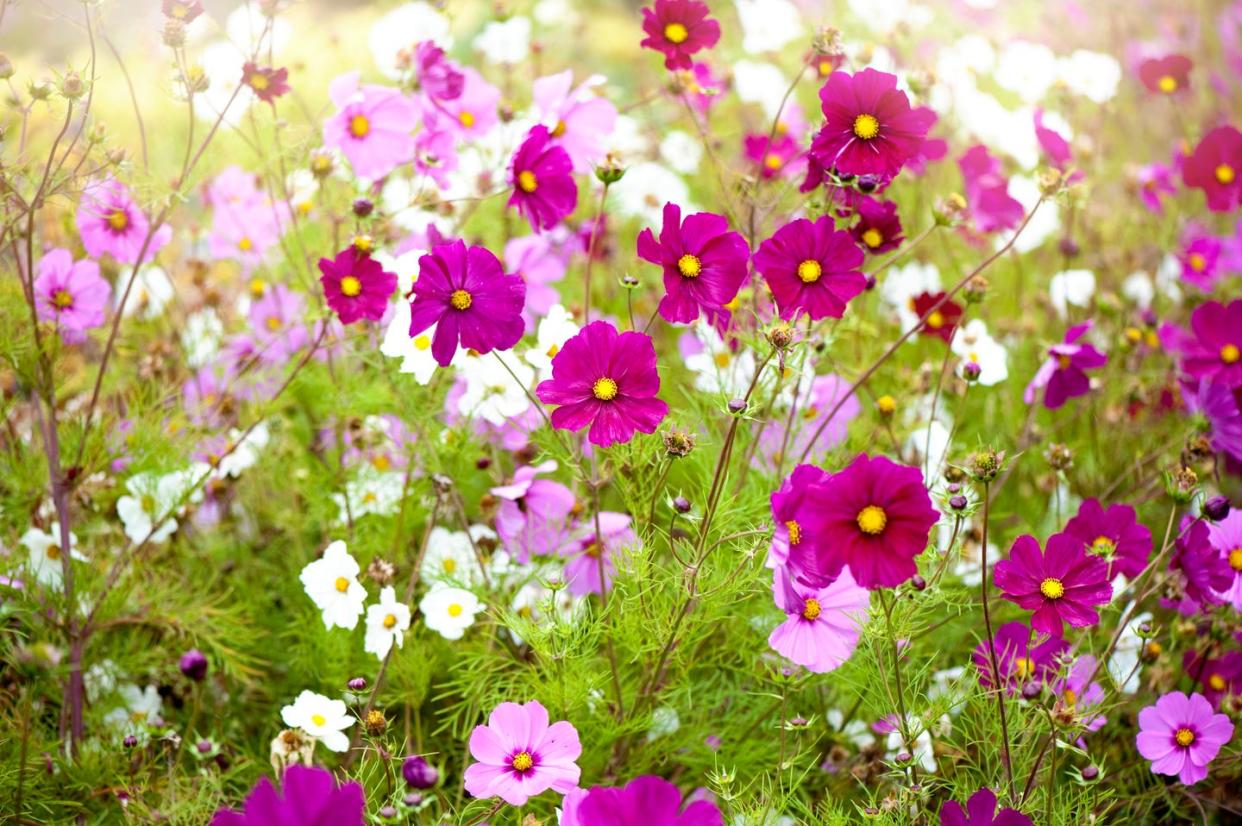
Ramps (Allium tricoccum)
You may have seen ramps on a restaurant menu or at the farmers market. These delicacies taste like spring onions and smell like garlic, according to the University of Wisconsin Extension.
Ramps grow in forests with maple and oak trees and can be a little tricky to grow in yards, but if you give it a go, aim to have neutral, consistently moist soil and a planting bed that gets full-to-partial shade.
When it comes to ramps, patience is a virtue: It can take more than seven years for the plant to mature.
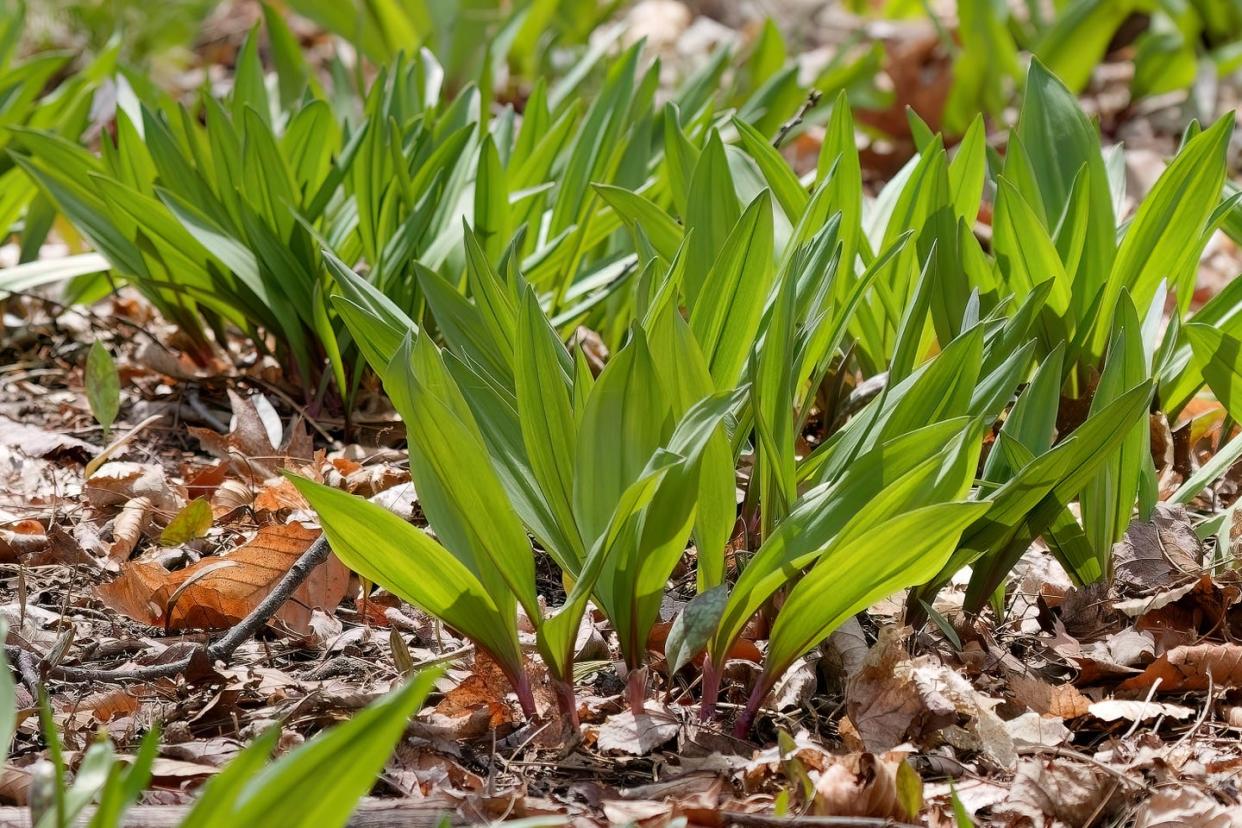
Pot Marigold (Calendula officinalis)
Often called “pot marigolds,” calendula flowers come in a range of bright yellows and oranges. They create a cheery display in garden beds and containers, says Robin Phelps, the founder and gardening coach for Sow Many Plants.
“The petals are slightly tangy and can be used to add color and flavor to salads, soups, and stews,” Phelps says.
Calendula thrives in full sun and well-drained soil. It’s also a great companion plant, known for repelling pests and attracting beneficial insects.
Related Story: What Are Red Velvet Mites?
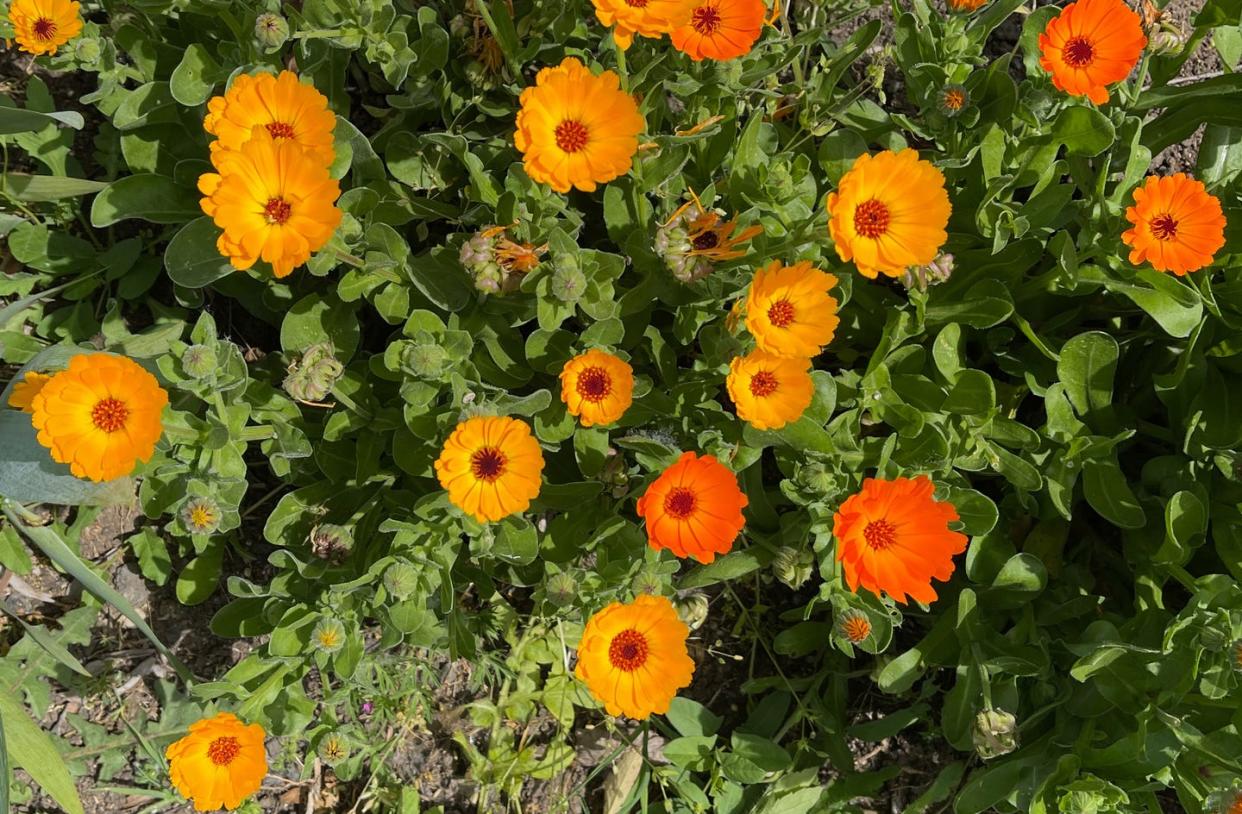
Purple Basil (Ocimum basilicum var. purpurascens)
This basil variety stands out with its deep purple leaves, making it a striking addition to herb gardens and flower beds, Phelps says.
It has a slightly milder flavor compared to traditional green basil, with a hint of spice and sweetness, Phelps says, and is perfect for salads, pesto, and garnishes.
Purple basil thrives in warm, sunny spots with well-drained soil. It’s also great for container gardening.
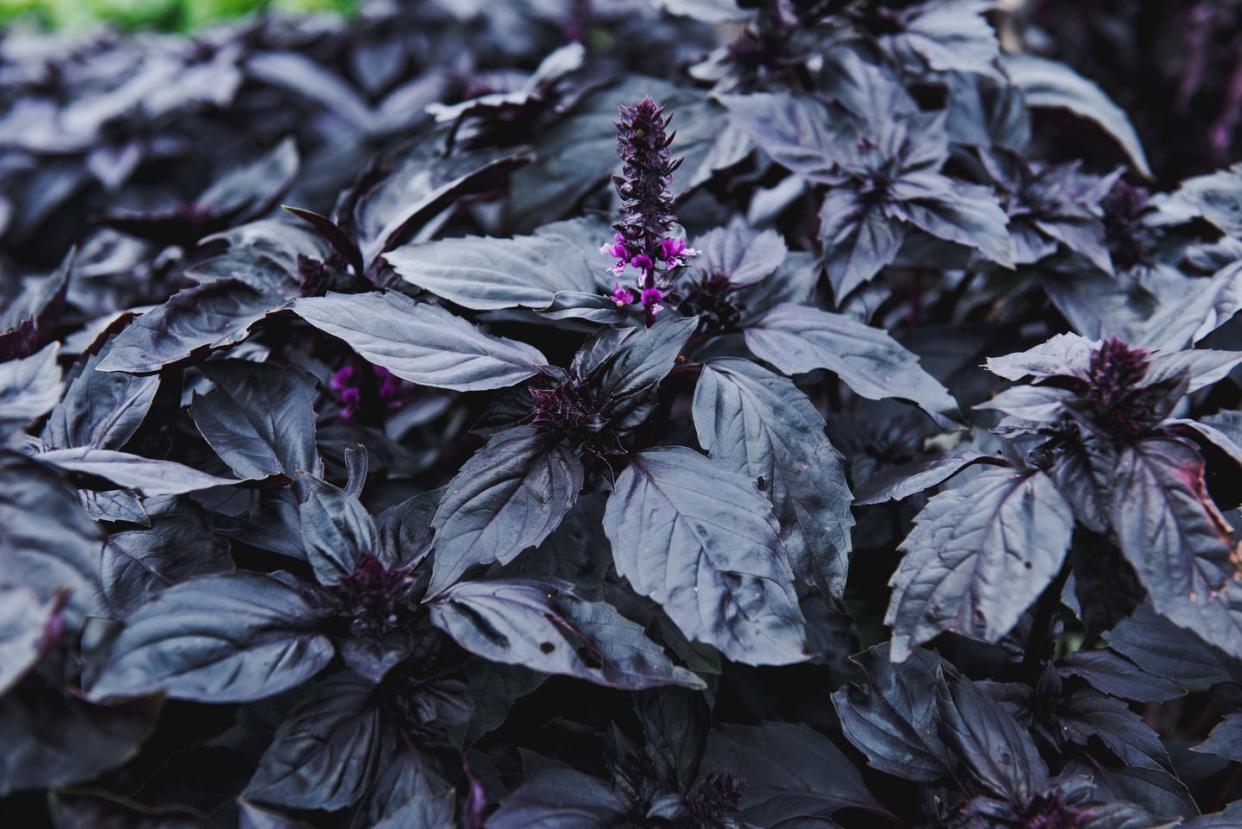
Nasturtium (Tropaeolum majus)
“These vibrant flowers in shades of red, orange, and yellow are a feast for the eyes and the palate,” says gardening expert Victoria Cummins, a senior editor at PlantWhisperer.
The round, lily pad–shaped leaves and the flowers themselves have a peppery flavor that is similar to arugula, making them a zesty addition to salads.
Nasturtiums thrive in well-drained soil and full sun, Cummins says, and they're low-maintenance, often attracting beneficial insects to your garden. Her tip: “Plant them in colorful pots for a stunning display.”
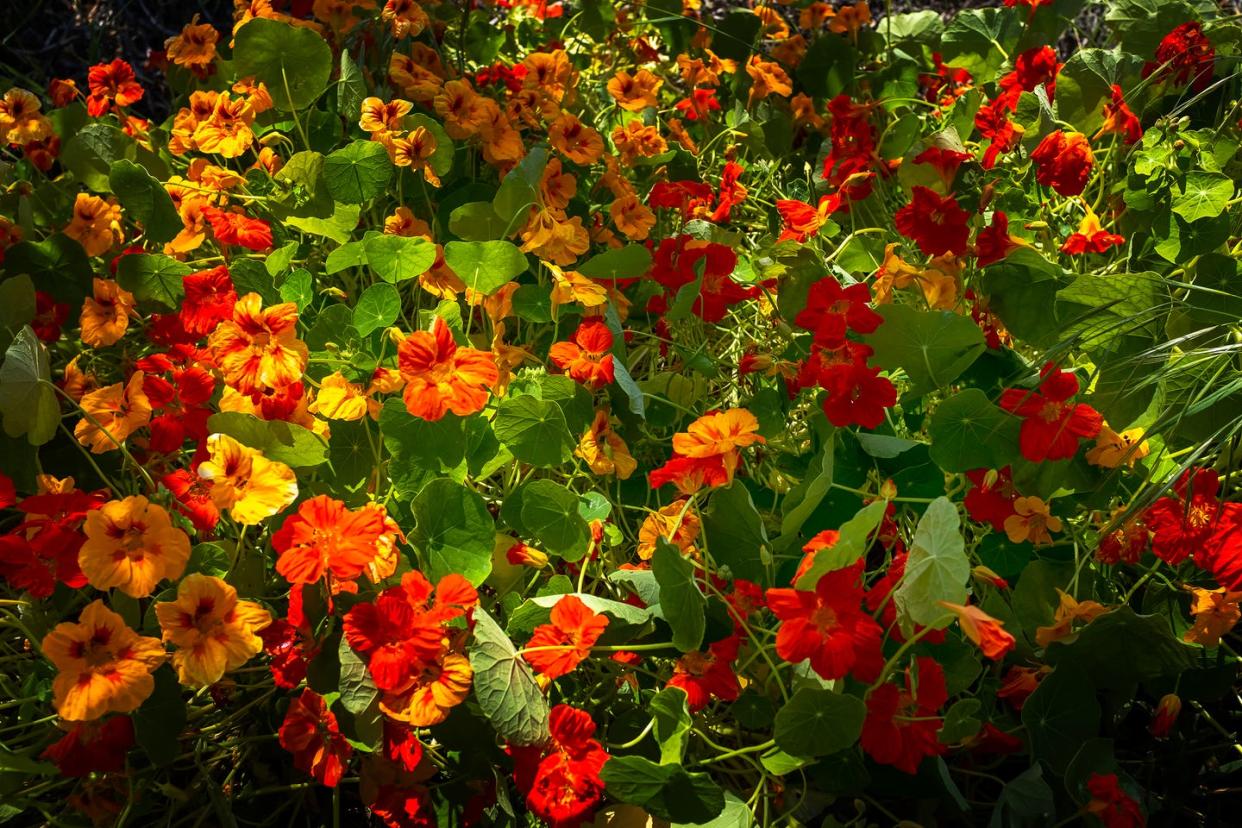
Swiss Chard (Beta vulgaris L. var. cicla)
With its colorful stems in red, yellow, or white, and large, crinkly green leaves, Swiss chard is a showstopper in any planter.
“The leaves have a mild, slightly sweet flavor, perfect for cooking or tossing into salads,” Cummins says.
This versatile plant prefers rich, well-drained soil and can tolerate partial shade, making it adaptable to various garden settings.
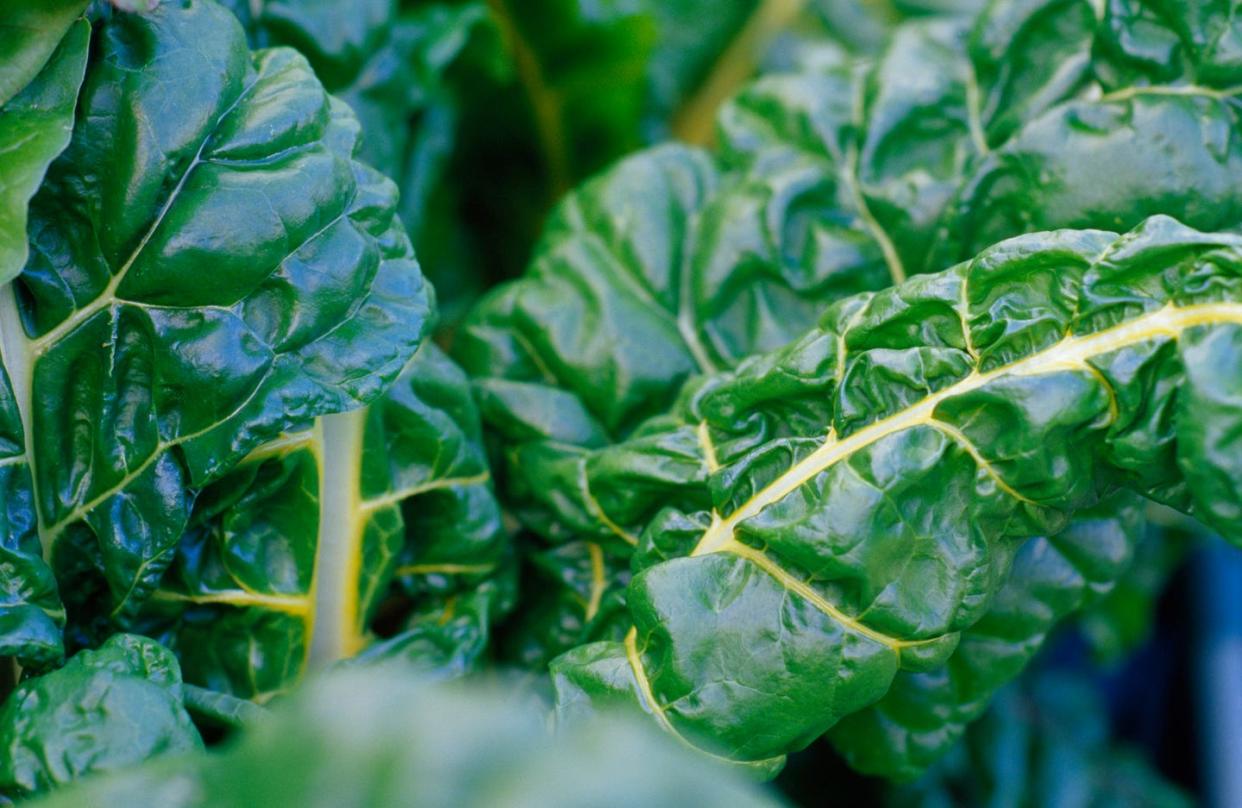
Borage (Borago officinalis)
Borage brings a touch of whimsy to your garden with its star-shaped blue flowers and fuzzy leaves. The flowers have a delightful cucumber flavor, while the leaves can be used in salads or as a garnish, Cummins suggests.
Borage thrives in well-drained soil and full sun, and it's drought-tolerant once established, which means it can be a low-maintenance, edible plant.
Related Story: 20 Outdoor Patio Plants to Enhance Your Backyard Space
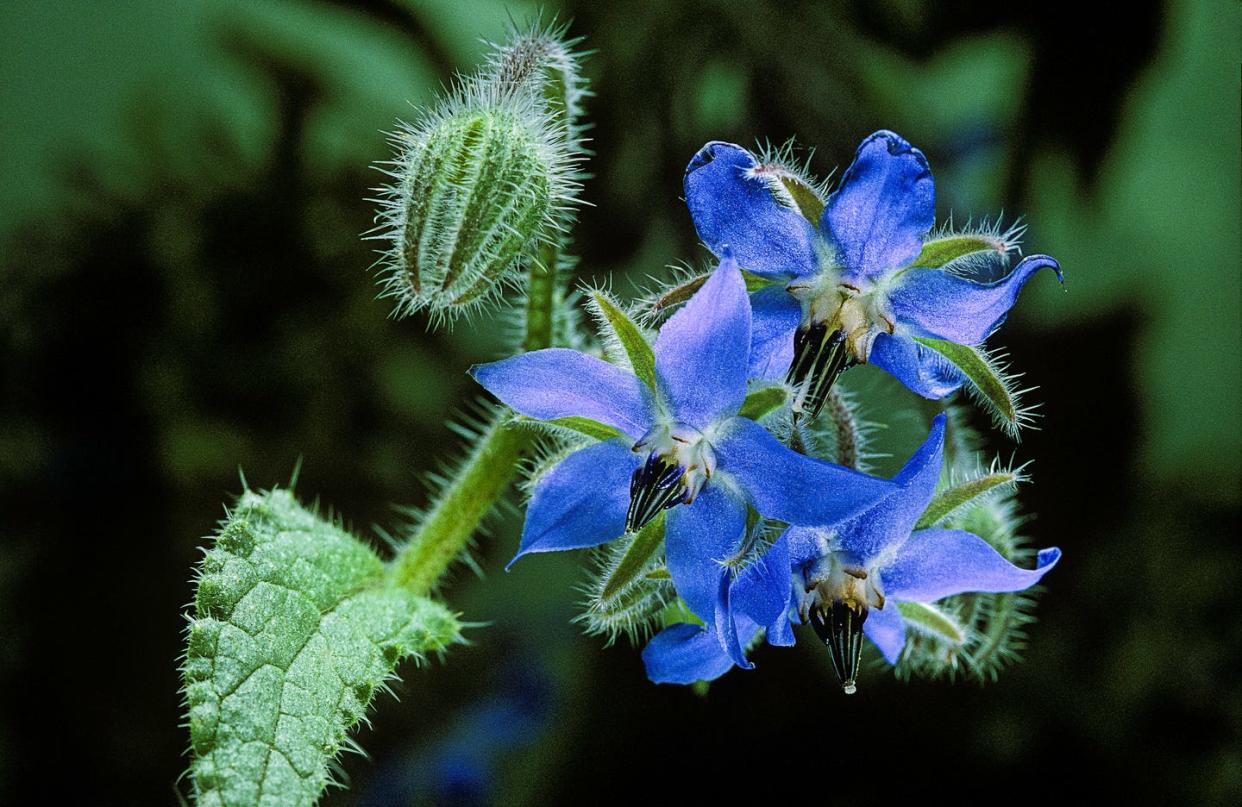
Artichoke (Cynara cardunculus)
For a striking statement piece, consider growing artichokes in large planters, Cummins suggests.
Their spiky leaves and beautiful purple flowers (when allowed to bloom) create a unique visual interest. “And the edible buds have a nutty flavor, perfect for steaming or grilling,” she says.
Artichokes prefer sunny spots, and they do best with well-drained soil and regular watering, Cummins says, especially during dry spells.
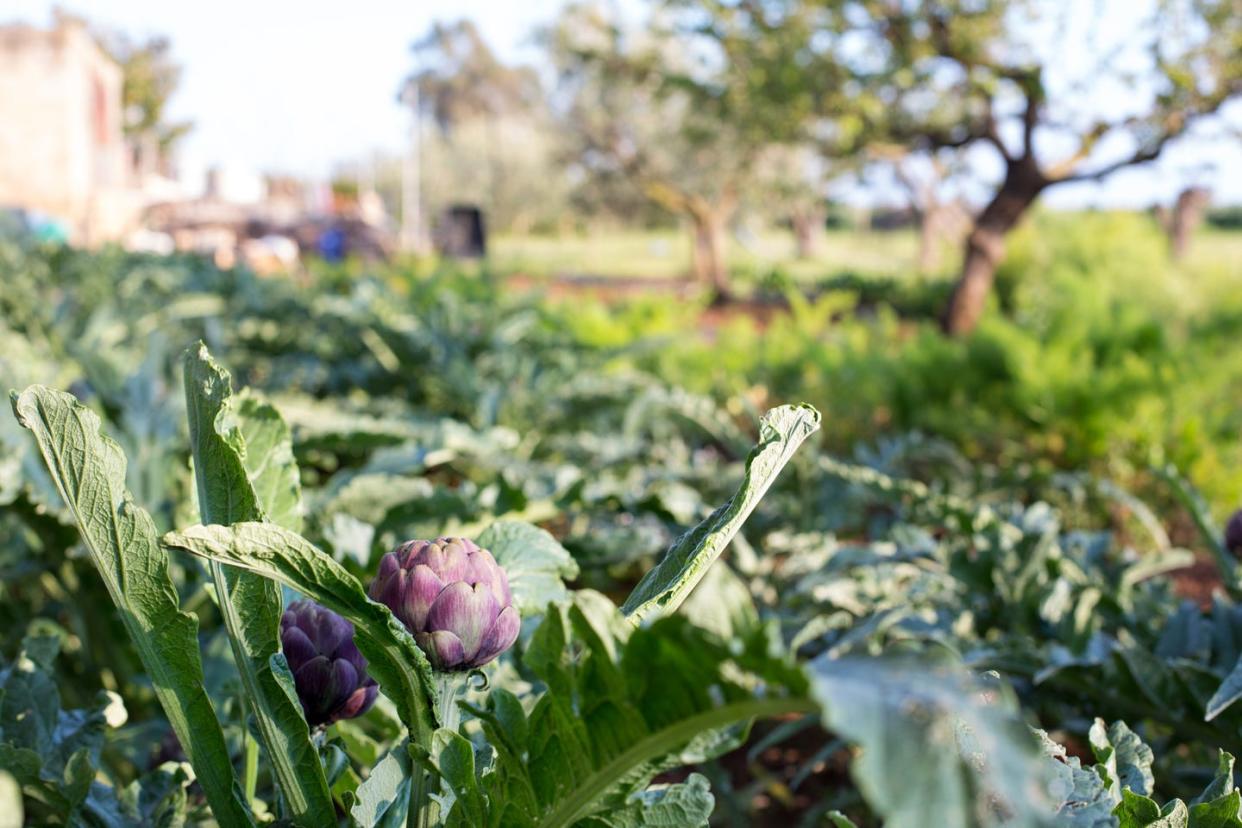
Chives (Allium schoenoprasum)
These perennial herbs with slender green stalks and round purple flowers add a pop of color to any pot.
“With a mild onion flavor, chives are perfect for seasoning dishes or using as a fresh garnish,” Cummins says.
They thrive in well-drained soil and full sun to partial shade, and they're very hardy, making them easy to grow in various climates.
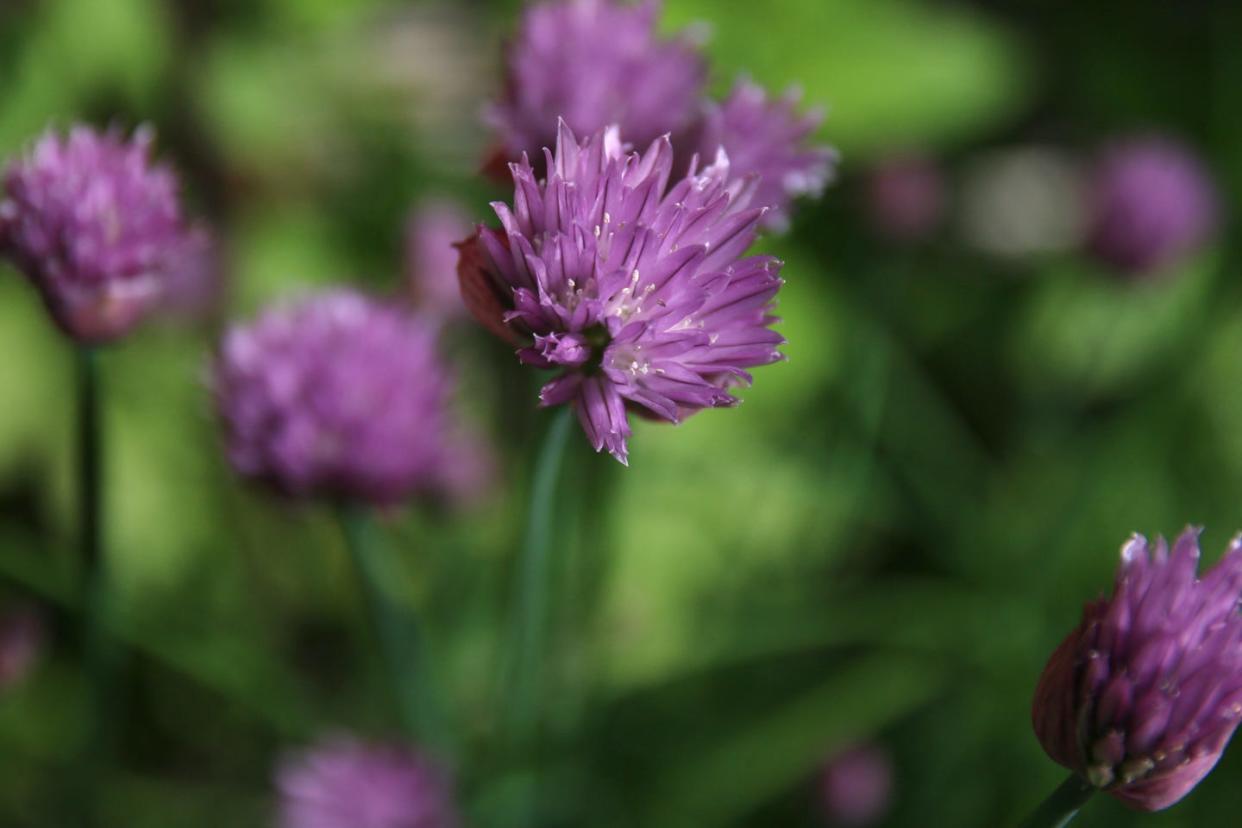
Fennel (Foeniculum vulgare)
Did you know fennel is a perennial herb from the carrot family? It’s commonly called for in recipes because of its aroma and anise-like taste, says Anastasia Borisevich, plant expert at Plantum, an app that helps identify plants.
“If you’ve ever tried absinthe, then you’ll definitely recognize the taste of fennel,” Borisevich says.
You can grow fennel for ornamental purposes, too, as it works well as a border plant, she says. Fennel, which has a black licorice–like flavor, requires about six hours of sunlight and well-drained soil.
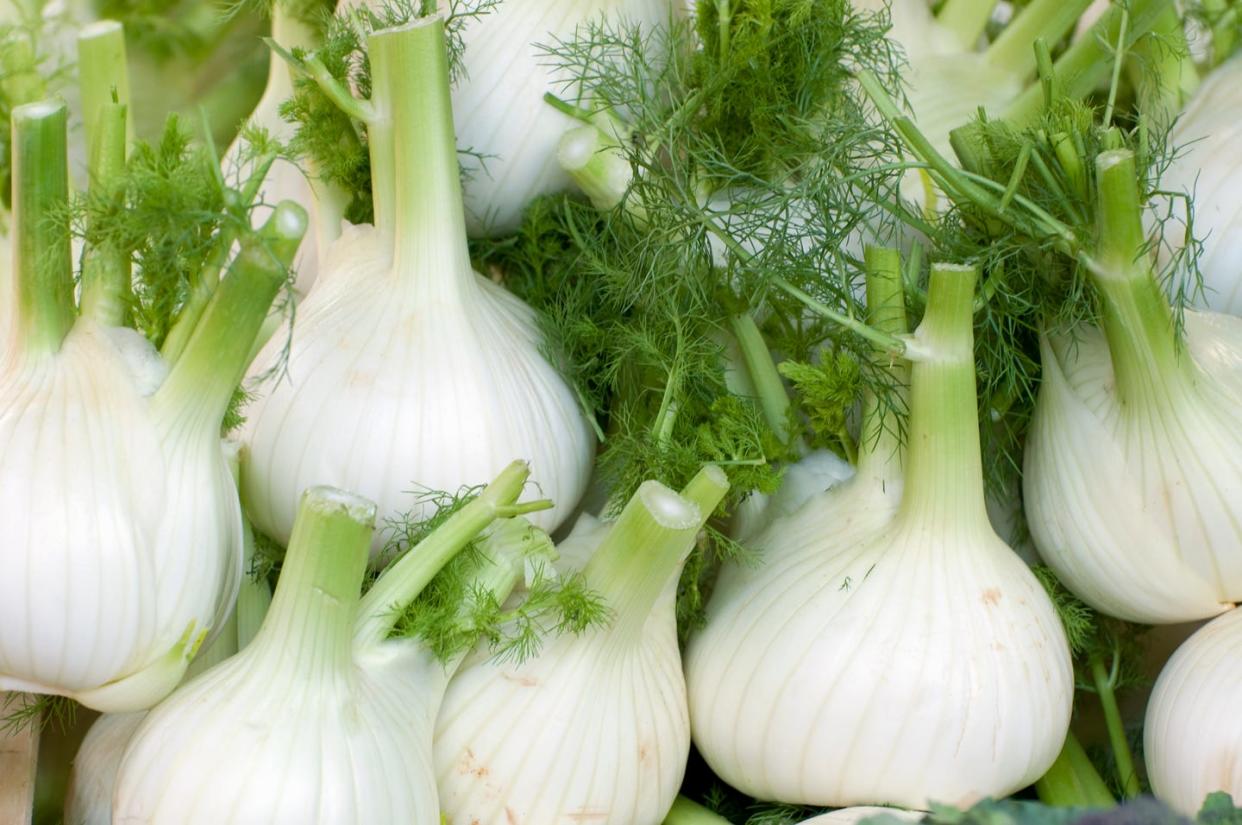
California Bay Laurel (Umbellularia californica)
You’ve probably come across many recipes calling for bay leaves in soups, stews, brines, and sauces. There’s some debate over how much flavor influence bay leaves have on dishes, but fresh bay leaves tend to have a menthol flavor and are bitter while dried ones are more herbaceous.
Bay leaves come from California bay laurel, which is versatile and grows as trees or smaller shrubs, explains Michael Clarke, founder of Yardwork. It’s a slow grower, prefers well-drained soil, and can double as a privacy hedge, he says.
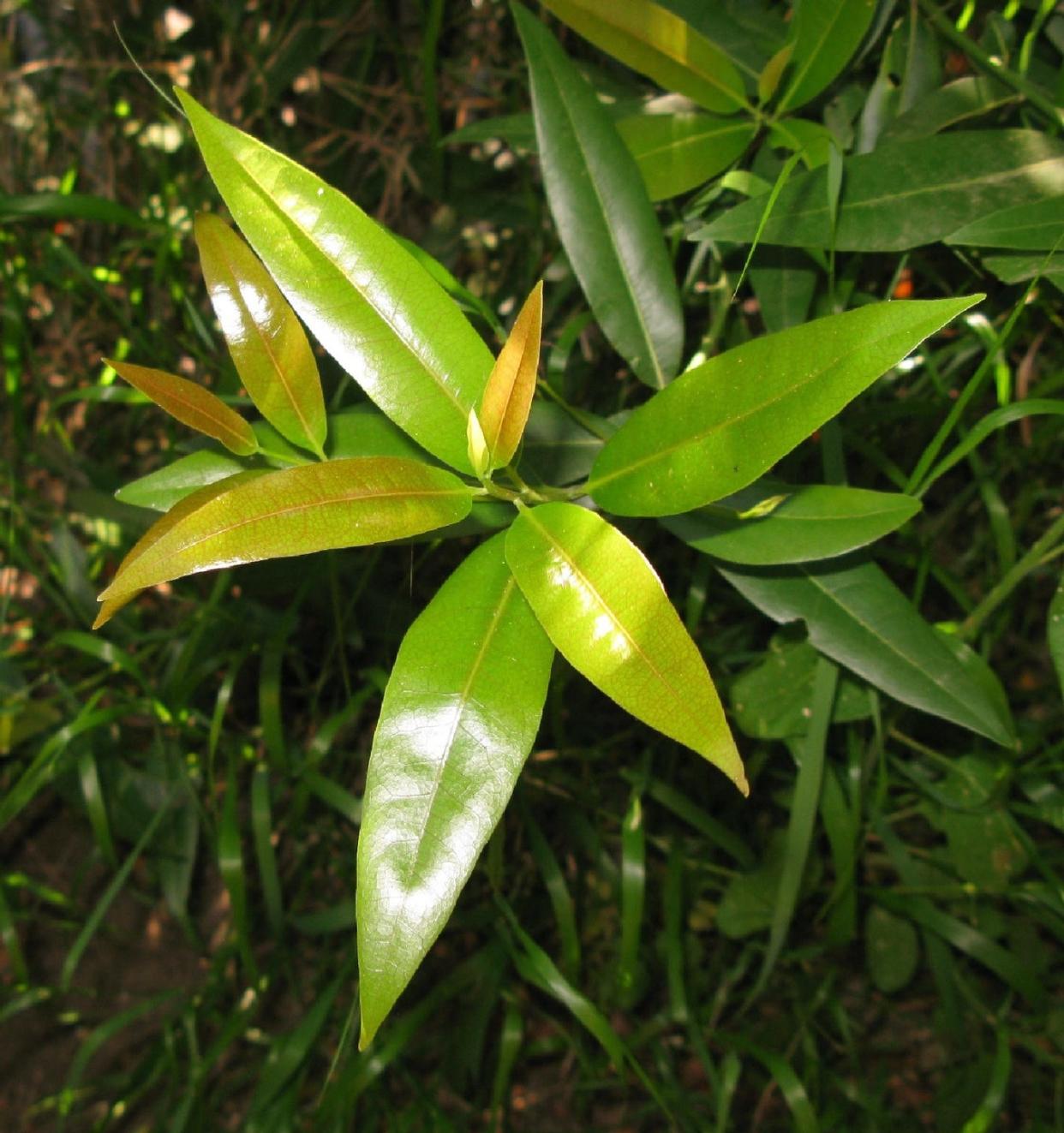
Rosemary (Rosmarinus)
Rosemary grows fast as an upright hedge, border, or ground cover with evergreen foliage and vibrant blue flowers, Clarke says. Requiring very little care and maintenance, it likes well-drained and slightly acidic soil, he says, and thrives in full sun, needing at least six hours of it a day.
The stems and leaves can be cut and used as a flavorful herb in cooking chicken, lamb, fish, potatoes, and breads.
Related Story: Everything to Know About Growing Rosemary
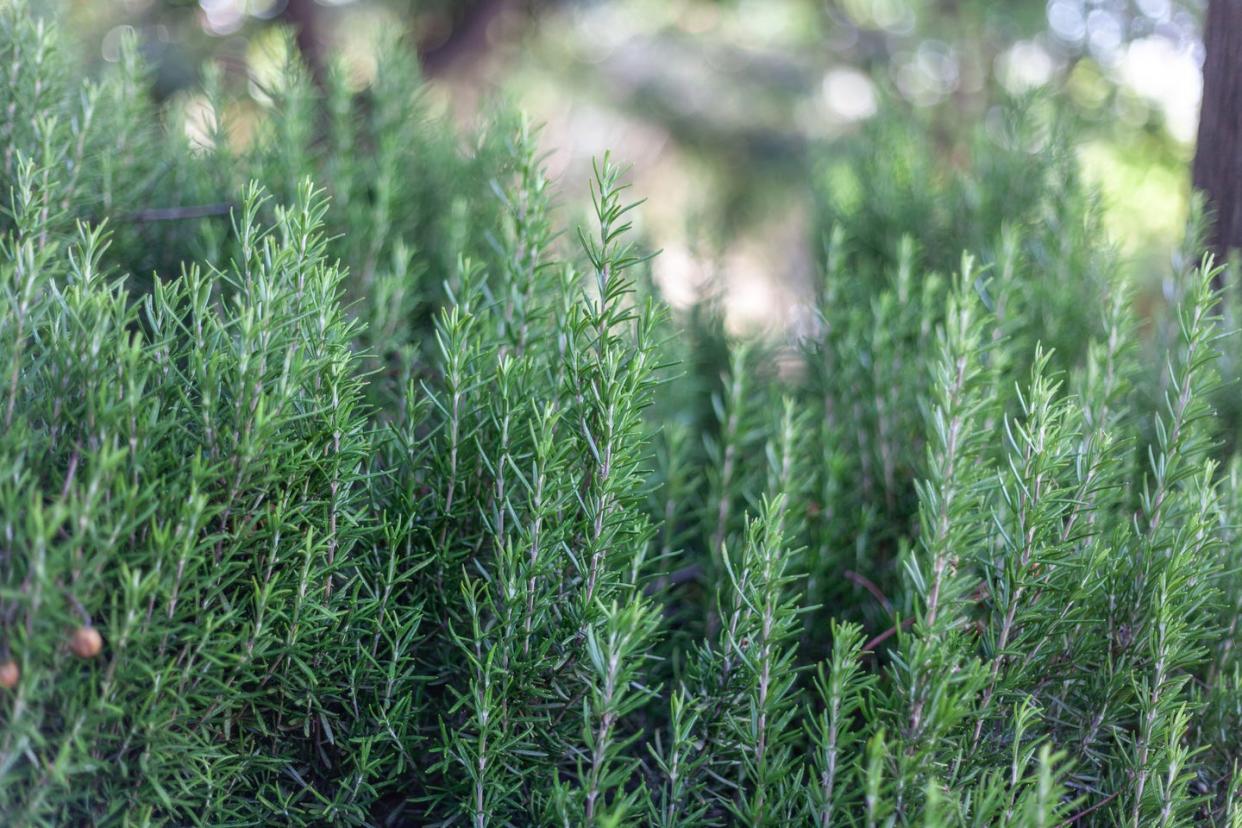
You Might Also Like
